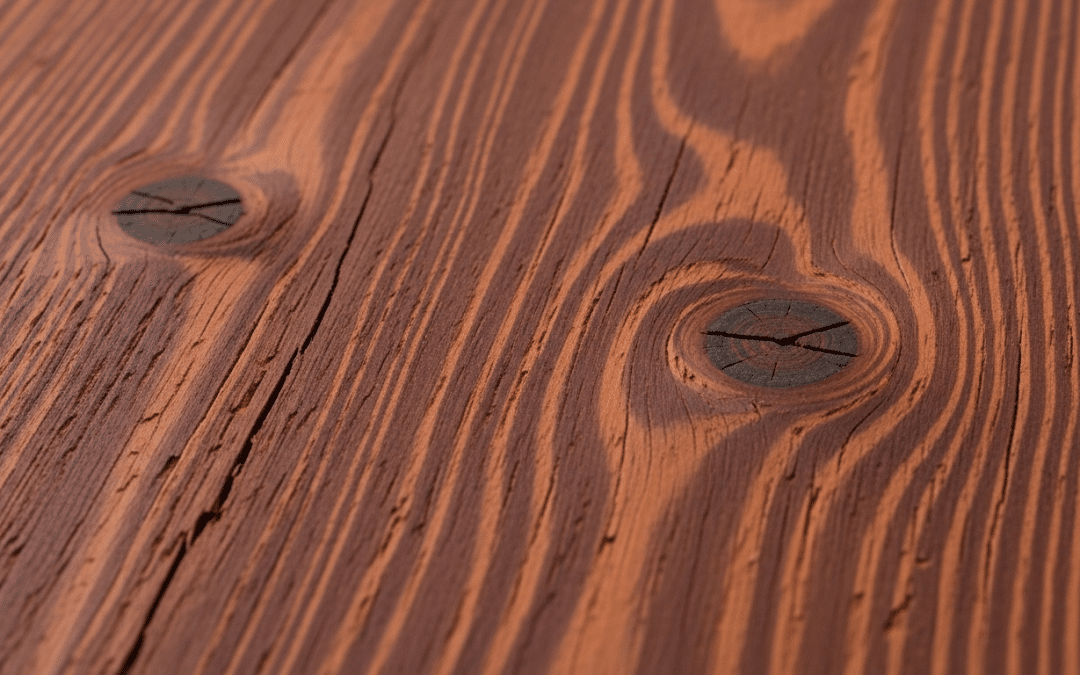Why Ironbark Timber is Australia’s Toughest Hardwood
When Australians talk about strong, reliable timber, Ironbark is usually at the top of the list. For generations, it has been trusted in construction, landscaping, and design, thanks to its extreme hardness and ability to stand up to harsh conditions. Builders love it for decking that won’t give way under heavy use. Architects specify it for bold feature beams. Landscapers rely on it for posts and sleepers that can weather years outdoors without breaking down. With its rich tones, incredible density, and resistance to termites and fire, Ironbark is more than just a building material — it’s a statement of durability and design.
What is Ironbark Timber?
Ironbark refers to several Australian eucalyptus species known for their dense, heavy wood and distinctive hard bark. Its name comes from the thick, furrowed bark that resembles iron in toughness. With a Janka hardness rating often above 14 kN, Ironbark ranks among the hardest timbers in the world.
This exceptional density means Ironbark is highly resistant to termites, decay, and impact. It is also naturally durable in bushfire-prone areas, achieving recognition under the BAL-29 and BAL-40 ratings in accordance with AS 3959.
For builders and designers, these qualities translate into a hardwood that performs exceptionally well outdoors and indoors. Whether in decking, cladding, flooring, or load-bearing structures, Ironbark provides confidence that a project will last for decades.
Red Ironbark Timber vs Grey Ironbark: Key Differences
Ironbark comes in two main varieties — Red and Grey — both with impressive strength but distinct aesthetics.
- Red Ironbark: Recognised for its rich, deep red to reddish-brown tones. The grain is often interlocked, producing striking visual patterns. It’s a favourite for feature projects, flooring, and cladding where appearance is as important as strength.
- Grey Ironbark: Offers shades from pale brown to dark chocolate-grey. Its straighter grain gives a cleaner, more uniform look. It is often chosen for structural posts, beams, and heavy-duty outdoor applications.
Both species are similar in density and durability, but the choice often comes down to design goals. A warm, bold aesthetic calls for Red Ironbark, while a more understated, earthy look often points to Grey Ironbark.
Tip: Pair Red Ironbark decking with contemporary architecture for contrast, while Grey Ironbark blends beautifully into coastal or bushland settings.
Popular Uses of Ironbark Timber in Construction & Design
Ironbark’s versatility makes it a go-to material across the building industry.
- Decking: Its hardness and natural resistance to wear make it ideal for high-traffic outdoor areas.
- Flooring & Cladding: Red Ironbark flooring brings warmth and character indoors, while Grey Ironbark cladding weathers gracefully outdoors.
- Posts & Beams: Large-section Ironbark posts (125x125mm, 175x175mm) provide strength and stability for pergolas and verandahs.
- Feature Logs: Reclaimed Ironbark logs are prized as statement pieces in landscaping and architectural design.
- Landscaping Sleepers: Used in retaining walls, garden edging, or rustic outdoor furniture.
Case example: Many Australian verandahs and rural homesteads have stood strong for over 50 years on Ironbark posts. Modern designers now reimagine this durability in contemporary projects, from timber screens to sculptural beams in open-plan living spaces.
Advantages of Choosing Ironbark Timber
Ironbark is often considered the benchmark hardwood because it ticks multiple boxes:
- Durability: With a lifespan of up to 40+ years outdoors, it outlasts many other timbers.
- Bushfire Resistance: Classified under BAL-29 and BAL-40, it’s suitable for builds in bushfire-prone regions.
- Natural Beauty: The deep reds and earthy greys provide timeless appeal in both rustic and modern design.
- Sustainability: Reclaimed Ironbark offers a second life for timber, reducing the need for new logging while adding unique character.
Choosing Ironbark isn’t just about performance — it’s an investment in long-lasting quality and sustainability.
Challenges & Considerations When Working With Ironbark
While Ironbark offers impressive advantages, it’s important to be realistic about its challenges:
- Hard to machine: Its density makes sawing and drilling slower compared to softer timbers.
- Pre-drilling required: For nails and screws, pre-drilling is essential to prevent splitting.
- Heavy handling: Transport and installation require planning and the right equipment.
- Maintenance: Decking and exposed applications benefit from periodic oiling to preserve colour and protect against weathering.
For those prepared to manage these considerations, the reward is unmatched longevity and strength.
How to Source Red Ironbark Timber in Australia
Responsible sourcing is key when choosing Ironbark. Reputable suppliers like Austimber provide both new and reclaimed Ironbark, ensuring quality and sustainability.
Available stock often includes:
- Structural posts and beams
- Sleepers for landscaping
- Cladding and flooring boards
- Reclaimed logs and feature timbers
Local sourcing matters because it supports sustainable forestry practices, reduces transport emissions, and ensures timber meets Australian standards. Working with trusted suppliers also means reliable grading, accurate sizing, and proper advice for your project.
Cost of Ironbark Timber: What to Expect
Ironbark pricing depends on several factors:
- Section size: Larger posts and beams cost more.
- Finish: Dressed or milled timber typically carries a premium over rough-sawn.
- New vs reclaimed: Reclaimed Ironbark may be more affordable, but unique feature sections can command higher prices.
- Delivery: Transport costs vary depending on distance and weight.
While prices fluctuate with supply, it’s best to request a tailored quote for your project. At Austimber, we provide same-day Ironbark quotes to help you plan quickly and accurately.
Conclusion
Ironbark stands as one of Australia’s most reliable timbers, delivering durability, fire resistance, and timeless beauty. Whether you’re drawn to the bold tones of Red Ironbark or the understated elegance of Grey, this hardwood is a smart investment for both residential and commercial projects. For a sustainable twist, reclaimed Ironbark adds unique history and character.

